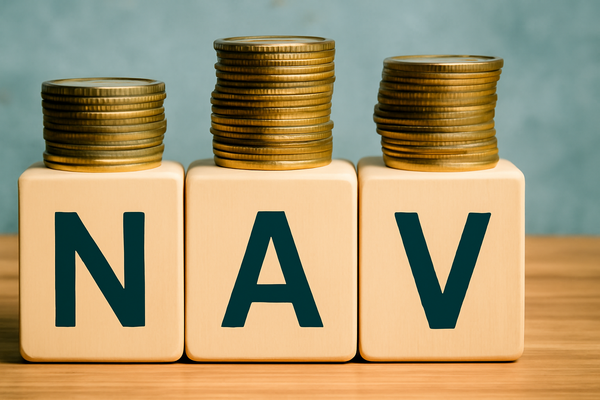The Concept of Rupee Cost Averaging
Understand how rupee cost averaging helps reduce risk and build wealth through steady, disciplined investing.

More and more investors in India are now choosing to invest regularly through SIPs (Systematic Investment Plans). This shows a growing interest in long-term, steady investing. One reason behind this trend is the increasing awareness of a method called rupee cost averaging. It helps investors stay calm during market ups and downs by spreading their investments over time.
So, what is it?
Rupee Cost Averaging (RCA) is a simple and disciplined way of investing where you invest a fixed amount of money at regular intervals, such as monthly, weekly or daily regardless of whether the market is going up or down. This approach helps reduce the risk of trying to time the market, which is difficult even for experienced investors.
By consistently investing the same amount, you buy more units when prices are low and fewer units when prices are high. Over time, this helps to average the cost of your investments and can reduce the impact of market volatility.
For example, imagine you invest ₹5,000 every month into a mutual fund:
- In a bull market, ₹5,000 buys fewer units.
- In a bear market, the same ₹5,000 buys more units.
Over time, this strategy reduces the overall cost per unit you pay - hence the term “cost averaging.”
Understanding the benefits
Rupee Cost Averaging isn’t just a strategy, it’s a mindset. Here’s why it matters:
- Mitigates Market Volatility: Markets go up and down all the time. If you invest a lump sum when the market is high, you might buy fewer units at a high cost. But with RCA, you invest a fixed amount regularly. So when the market is low, your money buys more units. When the market is high, it buys fewer. This way, the price you buy averages out over time.
- Promotes Disciplined Investing: One of the biggest challenges in personal finance is staying consistent. Rupee Cost Averaging helps you build that discipline. By committing to invest every month (often through SIPs), you make investing part of your routine, just like paying a bill or saving in a piggy bank.
- Reduces Emotional Decision-Making: Investing can be emotional. When the market falls, many people panic and stop investing. When the market rises, they rush to invest more. These emotional moves often lead to buying high and selling low - the exact opposite of what you should do.
- Accessible for all Investors: You don’t need thousands of rupees to begin your investment journey. Most SIPs allow you to start with as little as ₹500 per month. That’s less than the cost of a dinner at a restaurant.
- Avoids the Pitfalls of Market Timing: It is hard to guess when the market will go up or down. Even professional investors don’t always get it right. Timing the market means you must know the exact best time to invest. That’s stressful and risky.
When is rupee cost averaging most useful?
RCA quite often does its job perfectly in a volatile market like India. The markets can swing without warning due to elections, global interest rates, or inflation data. It allows free, steady riding through the waves without trying to touch that lowest point.
Is rupee cost averaging better than lump sum?
Here’s a comparison to make it clearer:
So, while lump sum investing might work in bull markets, RCA wins in long-term consistency.
Tips to maximise rupee cost averaging
To maximise your rupee cost averaging while making investments, consider using the following recommendations:
- Start early, even with ₹500 SIPs
- Avoid skipping SIPs during market falls (that’s when you buy more units)
- Use goal-based SIPs for targets like retirement, a house, or a child’s education
- Review SIP performance quarterly, but don’t react to every dip
Who should use?
It is an ideal choice to use rupee cost averaging if you are within the categories below:
- New investors who want to avoid market complexity
- Busy professionals without time to track stocks daily
- Risk-averse individuals looking for long-term returns
- Parents and retirees aiming for predictable outcomes
It pays to stay the course
Setting recurring investments through Rupee Cost Averaging represents a basic, risk-tolerant investment method requiring no market timing skills or monthly investment choices.
RCA eliminates the need to speculate on market conditions as it requires regular contributions rather than market timing. The key elements for success include maintaining consistent investing while setting a fixed amount and letting your money grow over time. By demonstrating patience and discipline, you can accumulate wealth through this technique.




